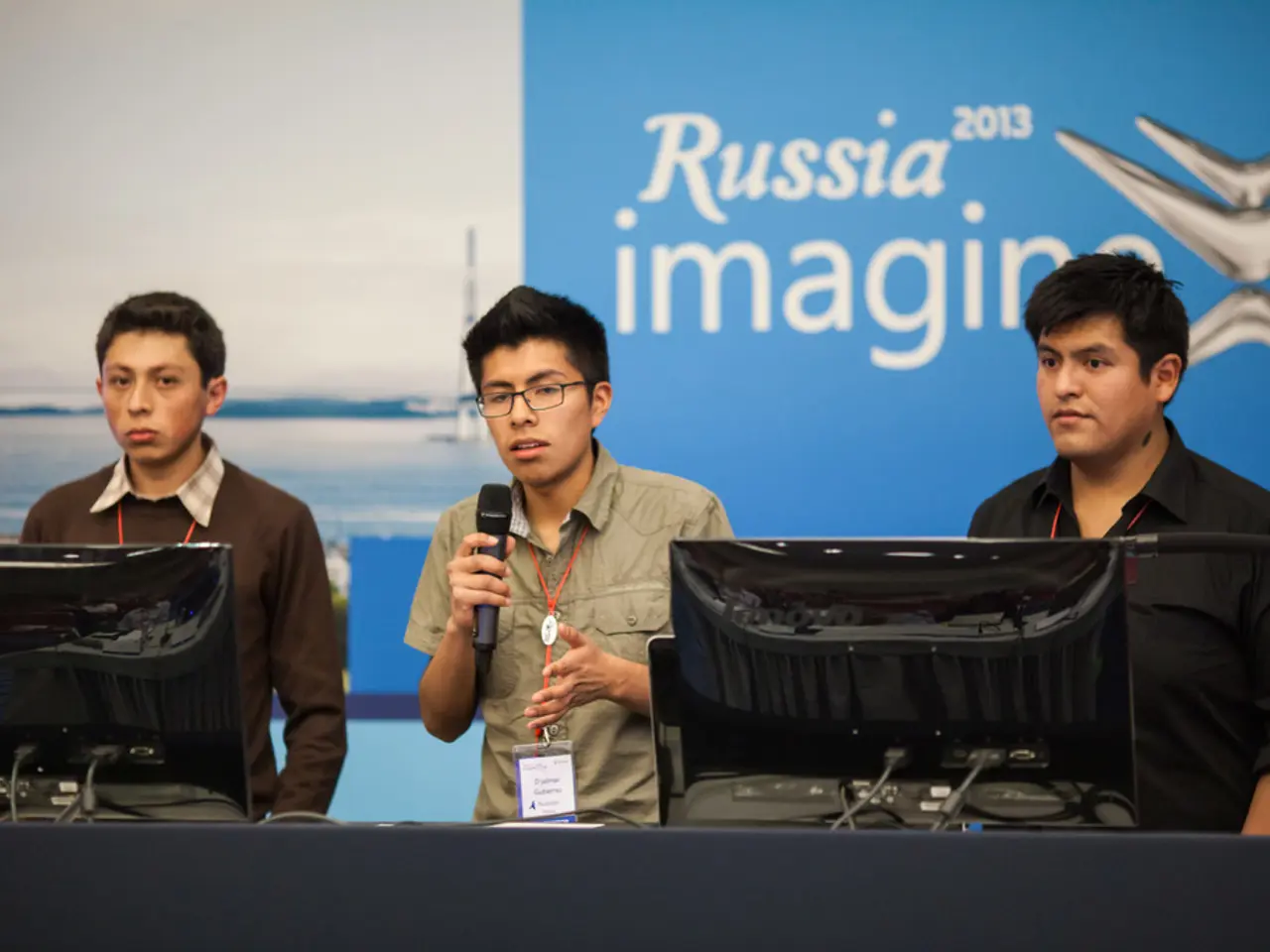Intensified Worldwide Efforts Eradicate AI-Generated Child Pornography
In a concerted effort to combat the rising threat of AI-generated child sexual abuse images (CSAM), authorities and organisations around the world are stepping up their investigations, policy guidance, and international law enforcement collaboration.
Recent developments highlight the challenges posed by AI technology in this area. For instance, the Internet Watch Foundation (IWF) reports that 90% of AI-generated images they analysed were realistic enough to be treated as real CSAM under the law, with a rise in images classified as the most severe category compared to previous years. This complicates law enforcement efforts, as authorities struggle to differentiate between AI-generated and authentic images, a crucial step for prioritising victim rescue efforts.
One such case involved a Danish national, the primary suspect in an ongoing investigation, who allegedly operated an online platform distributing AI-generated CSAM. Coordinated operations this week resulted in the arrest of 25 suspects, believed to be part of an organized crime group, and the apprehension of dozens of individuals for their suspected involvement in the dissemination of such content.
Operation Cumberland, spearheaded by Danish law enforcement, has already identified 273 suspects across 19 countries. This global investigation, orchestrated by Europol and the Joint Cybercrime Action Taskforce (J-CAT), involves participating countries such as Australia, Austria, Belgium, Finland, France, Germany, Spain, New Zealand, and the United Kingdom.
To address this issue, the UK government is positioning itself as a global leader in legislation targeting AI abuse imagery. The proposed laws will establish specific offenses for possessing, creating, or distributing AI tools for generating CSAM, with penalties of up to five years' imprisonment. Additionally, possessing AI "paedophile manuals" that instruct individuals on using AI for child sexual abuse could result in up to three years' imprisonment.
Educational efforts are also underway, with the UK government issuing new guidelines to 38,000 teachers and staff to help identify and respond to AI-generated CSAM. This underscores an educational and preventive approach alongside enforcement.
International law enforcement bodies such as Interpol, the FBI, and Europol have issued warnings about the rise of AI-generated child sexual abuse images and deepfakes. Europol emphasised the prevalence of self-generated child sexual material within the CSAM landscape and the challenges posed by AI models used to create or alter images for criminal purposes.
Through collaborative investigations, legislative reforms, and ongoing vigilance, law enforcement agencies aim to safeguard children and hold perpetrators accountable for despicable acts. As the rapid advancement and accessibility of AI technologies require ongoing adaptation of legal, educational, and technological responses, global efforts to combat AI-generated child sexual abuse images will continue to intensify.
The intensifying issue of AI-generated child sexual abuse images (CSAM) necessitates the collaboration between science, technology, and general-news sectors to stay informed about advancements that could be exploited by criminals. Furthermore, the crime-and-justice community is grappling with the challenge of differentiating AI-generated from authentic CSAM images, a crucial step that directly impacts law enforcement efforts and victim rescue operations.




